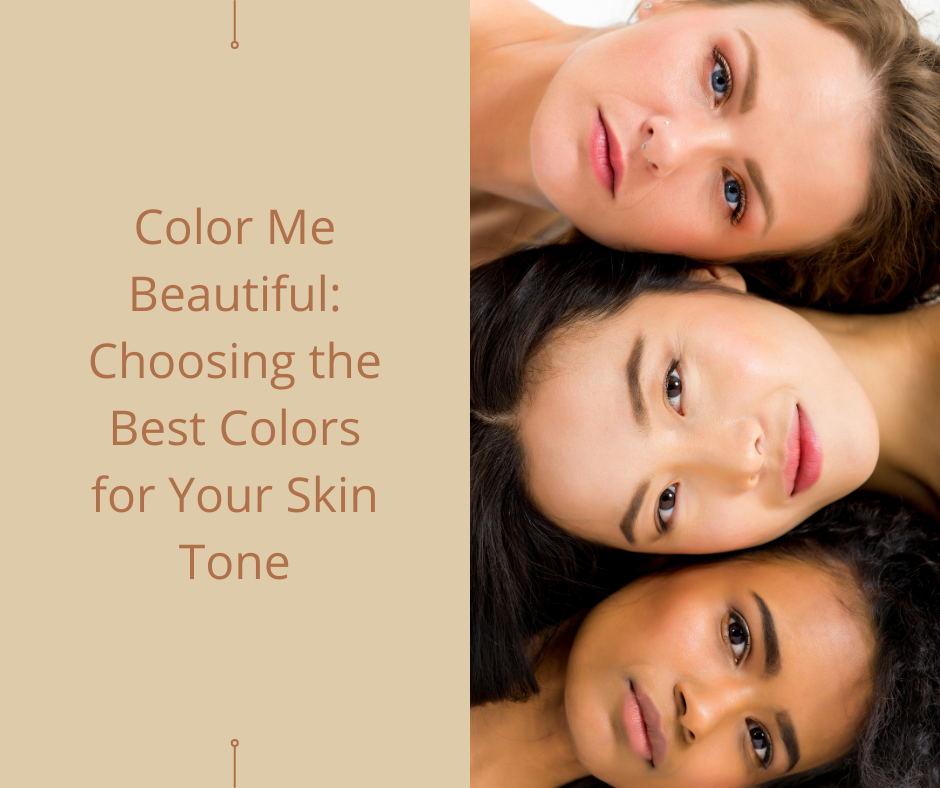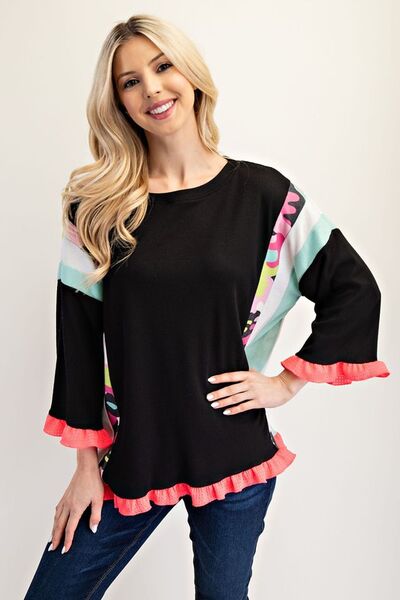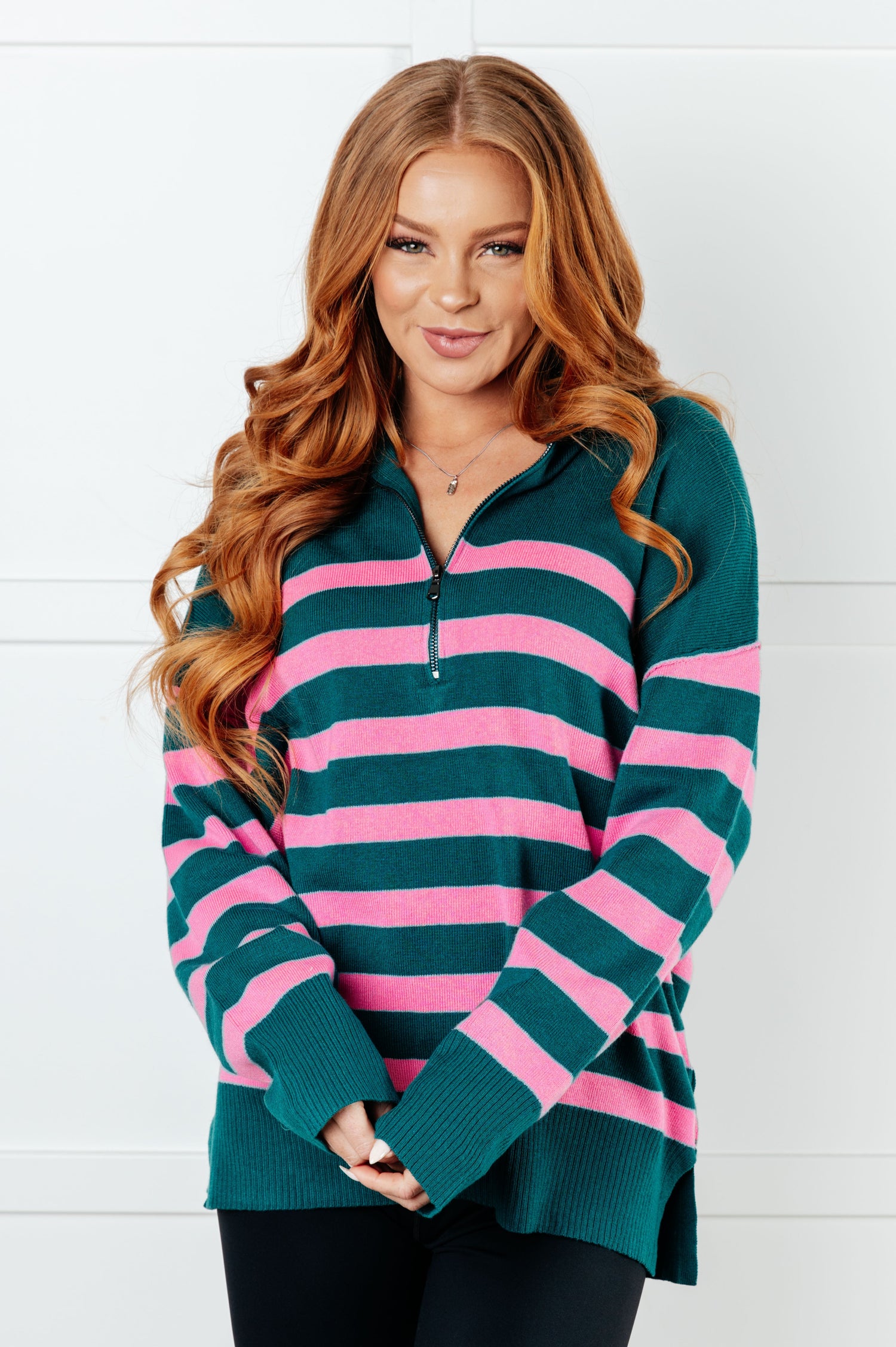Selecting the right colors for your wardrobe isn't just about following trends; it's about enhancing your natural beauty. The colors you wear can greatly affect how you look and feel—they can make your skin glow and your eyes sparkle or, conversely, make you appear tired and washed out. Understanding which colors best complement your skin tone is a game-changer. Here's how you can identify and choose the best colors that enhance your natural complexion.
Step 1: Determine Your Skin Undertone
First and foremost, identify whether your skin undertone is cool, warm, or neutral. Here are a few methods to help you figure it out:
- Vein Test: Look at the veins on your wrist. If they appear blue or purple, you likely have a cool undertone. If they look green, you have a warm undertone. If it's hard to tell, you might be neutral.
- Jewelry Test: Do you look better in silver or gold? Typically, silver flatters cool undertones, while gold shines best on warm undertones.
- White Fabric Test: Hold a pure white fabric next to your face, then an off-white fabric. If you look better against the pure white, you likely have cool undertones. If the off-white is more flattering, you have warm undertones.
Step 2: Explore Colors That Suit Your Undertone
Once you know your undertone, you can start exploring which colors will work best:
- Cool Undertones: Opt for colors like blue, green, pink, purple, magenta, and blue-based reds. These colors complement the pink and blue hues in your skin.
- Warm Undertones: Embrace earthy shades like red, peach, coral, orange, amber, and yellow. These warm hues match the golden and yellow undertone of your skin.
- Neutral Undertones: If you have a neutral undertone, you're in luck! Most colors will naturally look good on you, though muted shades might particularly shine.
Step 3: Consider Seasonal Color Analysis
Expand your color choices by considering seasonal color analysis, which matches your overall coloring with a season:
- Spring and Autumn: These palettes are perfect for those with warm undertones, featuring everything from soft pastels of spring to the rich, earthy tones of autumn.
- Summer and Winter: If you have cool undertones, the summer palette includes soft neutrals and pastels, while the winter palette offers bold, rich colors and true whites.
Step 4: Test and Experiment
The best way to find out which colors work for you is by trying them out. Experiment with different hues and notice how they affect your appearance and mood. Try incorporating these colors in various ways, from main pieces like shirts and dresses to accessories.
Conclusion:
Choosing the right colors for your skin tone can transform your appearance, boosting your confidence and highlighting your natural beauty. Remember, fashion is personal and should be fun, so feel free to experiment and tweak these guidelines to suit your unique style and preferences. With these tips, you’re ready to build a color palette that truly complements and enhances your individual coloring.





